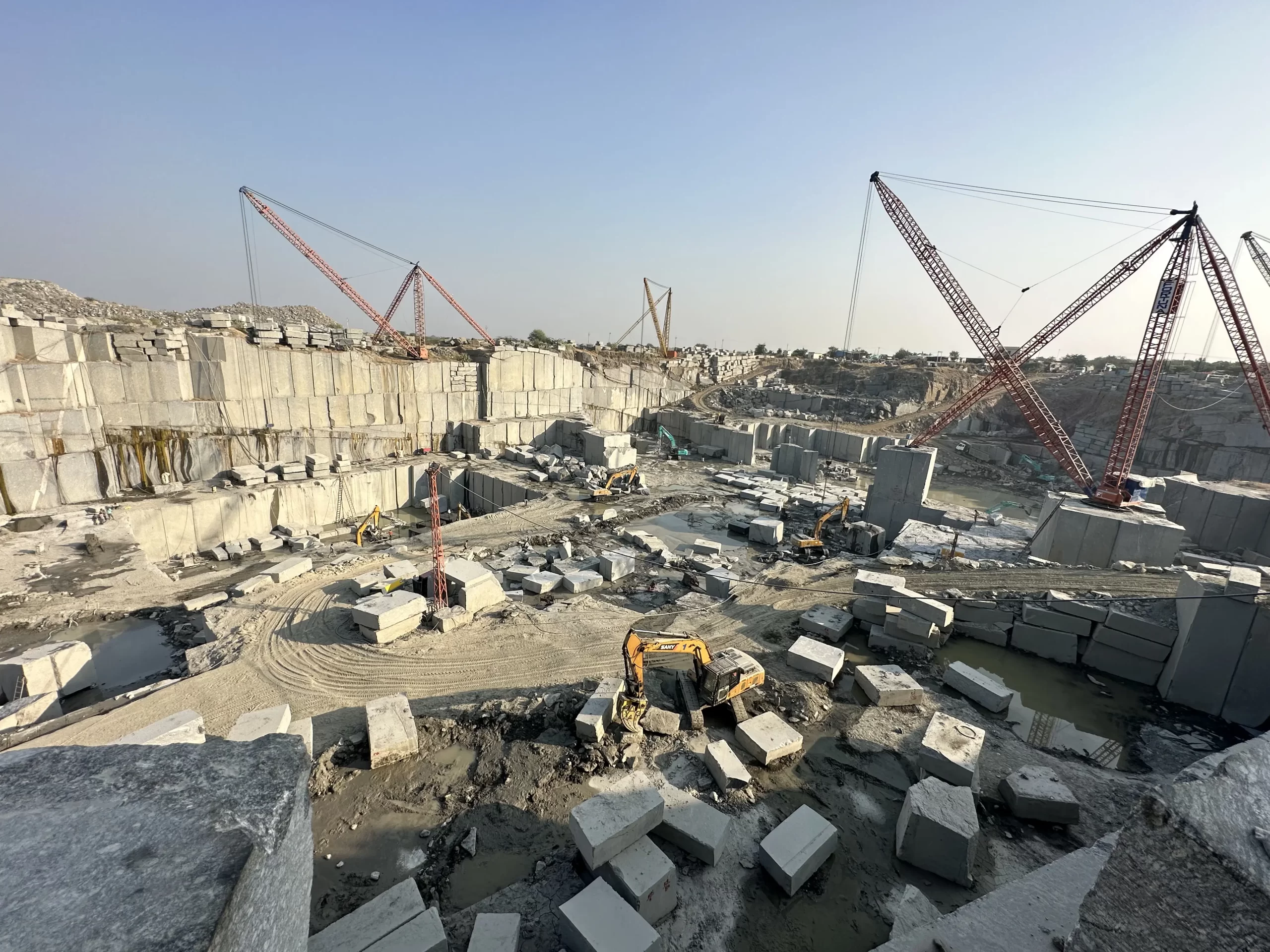Granite Quarries in South Africa Marvels: Discovering the Quarry Landscape
Granite Quarries in South Africa Marvels: Discovering the Quarry Landscape
Blog Article
Discovering the Rich Background and Lasting Practices of Granite Quarrying
As we base on the precipice of revealing the intricate tapestry of granite quarrying, a trip with time reveals not simply the physical act of extracting rock however also the social and historical significance woven right into the extremely material of this method. From the ancient origins that laid the foundation for modern quarrying techniques to the lasting methods that are shaping the future of this sector, each sculpt mark on granite surfaces tells a tale waiting to be discovered (granite quarries in south africa). The legacy of granite quarrying extends much past simple removal; it is a testimony to human ingenuity, strength, and the enduring allure of this marvelous stone
Ancient Origins of Granite Quarrying
Dating back to ancient civilizations, the technique of quarrying granite has been an integral component of human history and building improvement. The earliest proof of granite quarrying go back to ancient Egypt, where substantial pyramids and intricate sculptures were crafted from this resilient stone. The Egyptians used primitive devices to remove granite blocks from quarries, showcasing the value of this product in their monumental buildings.
Relocating onward in history, the Greeks additionally made considerable contributions to the quarrying of granite. The Greeks used granite in different architectural marvels, such as temples and statues, showing their skill in shaping and carving this durable rock. The Romans better refined the methods of quarrying granite, employing sophisticated devices like knives and hammers to remove and form granite for their iconic frameworks.
With the centuries, the method of quarrying granite has actually evolved, with modern-day technologies boosting effectiveness while maintaining the classic appeal of this all-natural stone - granite quarries in south africa. From old worlds to contemporary contractors, the heritage of granite quarrying remains to form our world
Development of Quarrying Methods
The advancement of quarrying methods has actually been noted by a continuous development towards higher effectiveness and accuracy in drawing out granite. Early quarrying methods involved hand-operated labor with fundamental devices such as chisels, hammers, and wedges to draw out granite blocks from the planet.
Improvements in computer-controlled devices and 3D modeling have optimized quarrying operations, leading to minimal environmental impact and improved sustainability methods. As the demand for granite continues to increase, the advancement of quarrying methods continues to be important to conference market needs efficiently and sustainably.
Cultural Relevance of Granite
Granite holds an extensive cultural importance across various people as a result of its enduring existence in architectural work of arts why not try this out and prized monoliths. From the impressive pyramids of Egypt to the detailed carvings of the Angkor Wat temple in Cambodia, granite has been a product of selection for sharing magnificence and durability in cultural heritage. In old Rome, granite columns decorated temples and public buildings, signifying stamina and permanence. The social importance of granite extends past its physical qualities; it symbolizes strength, stability, and eternity, making it a symbol of sustaining traditions and traditions.

Lasting Practices in Quarrying
Among the abundant history of granite quarrying and its social relevance lies a growing emphasis on lasting practices within the sector. As ecological awareness and concerns concerning source exhaustion have enhanced around the world, the quarrying market has progressively embraced lasting methods to decrease its effect on the environment and bordering neighborhoods.

Additionally, reclamation and rehabilitation of quarry sites post-extraction are indispensable to sustainable practices. By restoring quarried locations to an all-natural or advantageous state, such as creating wild animals environments or leisure rooms, quarriers can balance out the environmental footprint of their procedures and add positively to the regional ecological community.
Legacy of Granite Quarrying
With a historic background steeped in craftsmanship and industrial progress, what sustaining influence has granite quarrying left on the landscape of modern-day society? The tradition of granite quarrying goes beyond mere removal special info techniques; it has actually formed architectural wonders, metropolitan landscapes, and social heritage worldwide. The sturdy nature of granite has made it a preferred selection for monuments, buildings, and infrastructure, standing as a testimony to the skill and virtuosity of quarry workers across generations.
In addition, the financial footprint of granite quarrying can not be overlooked. The sector continues to provide job opportunity and drive local economies in regions where granite extraction prevails. It has also stimulated technological innovations in quarrying strategies and devices, causing more effective and sustainable methods.
In regards to sustainability, the tradition of granite quarrying consists go now of initiatives to mitigate environmental influences with recovery projects and accountable source monitoring. By balancing economic passions with environmental stewardship, the market aims to make certain that future generations can continue to gain from this enduring natural resource.
Final Thought

Report this page